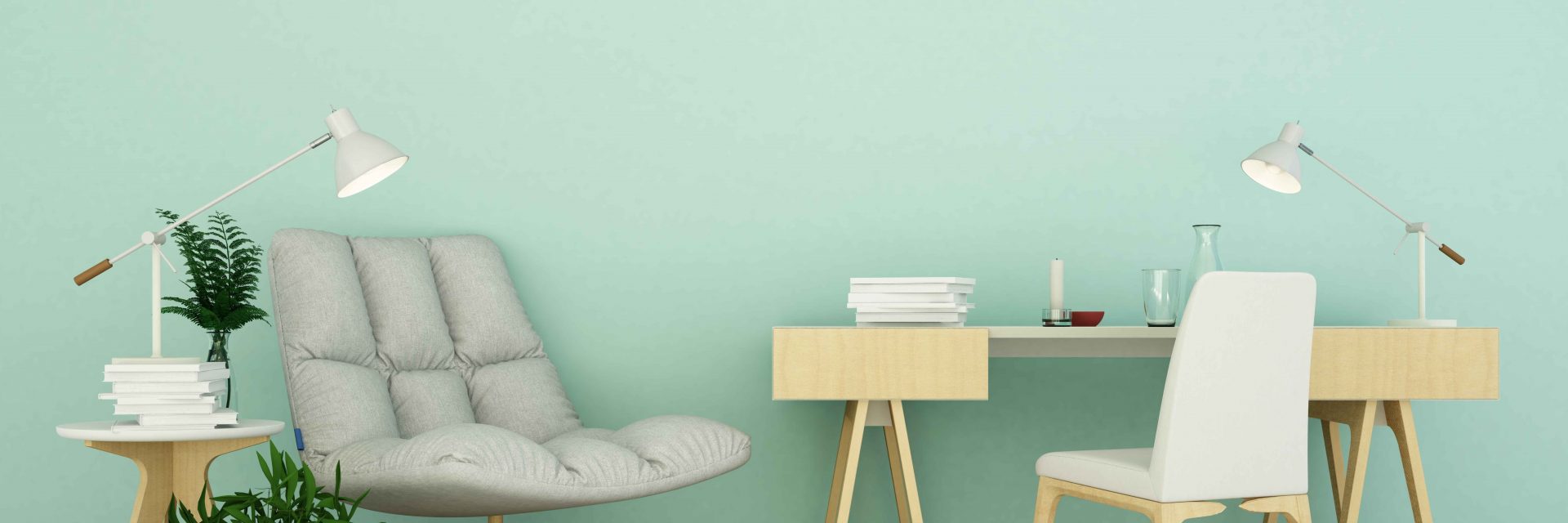Essential Seasonal Aspects Of Commercial Outside Painting: What You Need To Understand
Essential Seasonal Aspects Of Commercial Outside Painting: What You Need To Understand
Blog Article
Web Content Develop By-Regan Decker
When you're preparing a business outside painting project, seasonal elements can make or break your results. You'll wish to consider exactly how temperature and moisture impact paint application and drying times. Selecting the best period can ensure your paint sticks effectively and lasts much longer. But which seasons are genuinely the most effective for this kind of work? Allow's discover the key elements that can impact your project's success.
The Influence of Temperature Level on Paint Application
When you're planning an industrial external painting job, the temperature level can substantially influence exactly how well the paint adheres and dries.
Ideally, you intend to paint when temperature levels vary in between 50 ° F and 85 ° F. If it's too cold, the paint may not treat appropriately, bring about concerns like peeling off or breaking.
On the other hand, if it's also hot, the paint can dry out as well swiftly, stopping appropriate adhesion and leading to an unequal finish.
You ought to also consider the time of day; morning or late afternoon provides cooler temperature levels, which can be extra positive.
Constantly examine best house painters in my area for the details paint you're using, as they typically provide advice on the ideal temperature level array for optimal results.
Humidity and Its Impact on Drying Times
Temperature isn't the only ecological factor that affects your commercial external painting job; moisture plays a significant function too. High moisture degrees can decrease drying times dramatically, affecting the total high quality of your paint task.
When the air is filled with moisture, the paint takes longer to treat, which can lead to concerns like inadequate adhesion and a greater threat of mildew growth. If you're repainting on a particularly humid day, be gotten ready for extended wait times in between layers.
It's important to keep an eye on local weather and plan appropriately. Preferably, go for humidity levels between 40% and 70% for optimum drying out.
Keeping these consider mind ensures your job stays on track and delivers a lasting coating.
Best Seasons for Commercial Exterior Paint Projects
What's the most effective time of year for your industrial external painting jobs?
Spring and very early fall are normally your best bets. Throughout take a look at the site here , temperature levels are light, and moisture degrees are frequently reduced, creating perfect conditions for paint application and drying out.
Prevent summertime's intense heat, which can create paint to completely dry as well rapidly, resulting in bad bond and finish. Likewise, winter's cool temperatures can impede correct drying and healing, running the risk of the longevity of your paint work.
Go for days with temperatures between 50 ° F and 85 ° F for ideal outcomes. Remember to check the neighborhood weather report for rain, as wet conditions can spoil your job.
Planning around these elements guarantees your painting project runs efficiently and lasts much longer.
Final thought
Finally, planning your commercial exterior painting jobs around seasonal factors to consider can make a substantial difference in the result. By scheduling work during the perfect temperatures and humidity degrees, you'll make certain far better adhesion and drying out times. Bear in mind to watch on regional weather report and pick the correct time of year-- spring and very early fall are your best bets. Taking Click That Link will aid you achieve a sturdy and specialist finish that lasts.
